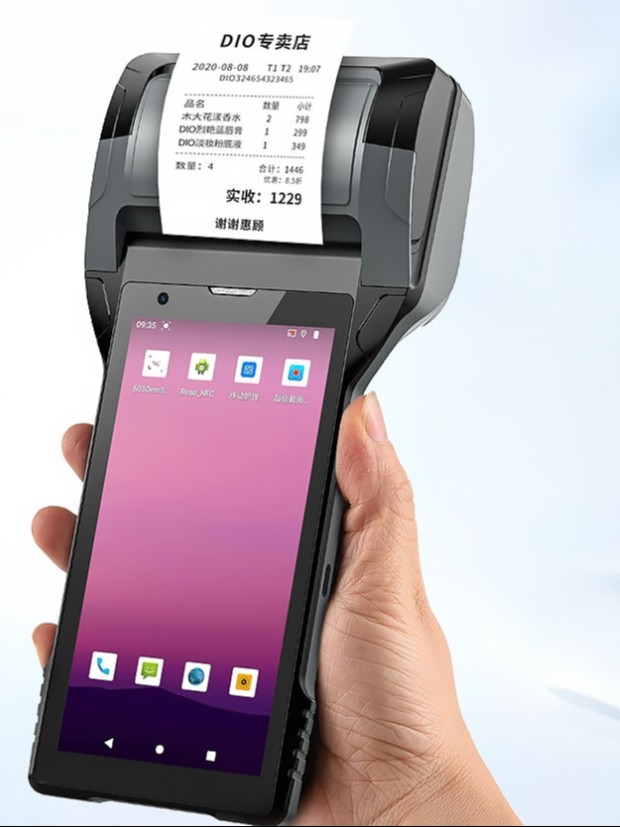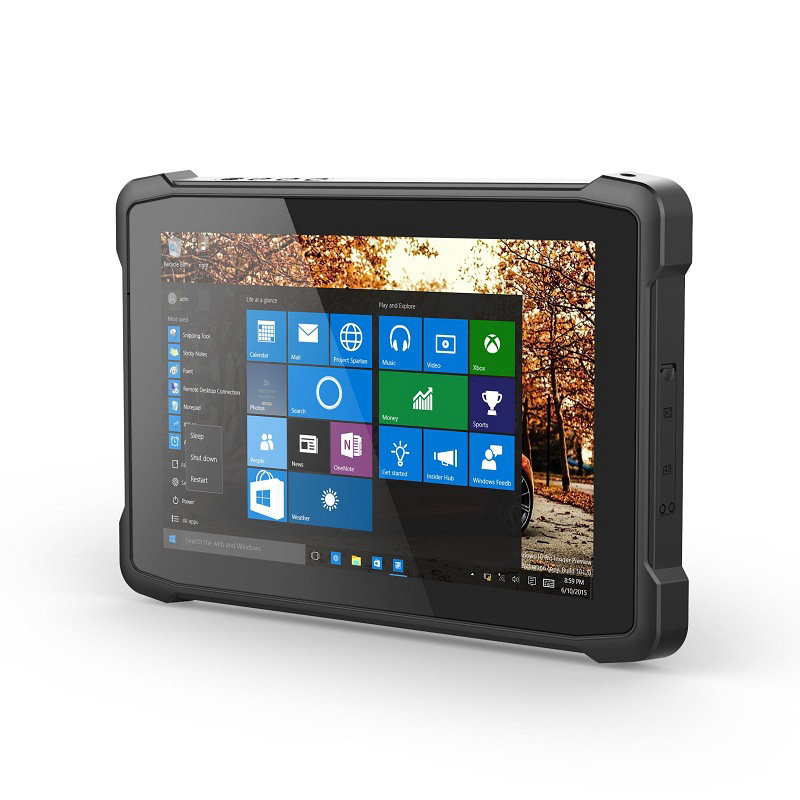Android系统如何开发系统桌面程序
替换Android桌面的相关问题:
1、想将home screen换成自己写的activity,该如何实现?
在你要设置为home screen的那个activity的androidManifest.xml中的
运行后,重启模拟器会弹出一个选择进入哪个界面的对话框
2、怎样将系统默认的home screen删除?
重新编译launcher源码,去掉配置文件中的home属性和HOME属性。。
在自己的activity中加入这两个属性,然后重新烧系统。
以下是定制Android的完整思路和步骤:
如果你要定制一个Android系统,你想用你自己的Launcher(Home)作主界面来替换Android自己的Home,
而且不希望用户安装的Launcher来替换掉你的Launcher.我们可以通过修改Framework来实现这样的功能。
这里以Android2.1的源代码为例来实际说明。
1)首先了解一下Android的启动过程。
Android系统的启动先从Zygote开始启动,然后……(中间的过程就不说了)…..一直到了
SystemServer(framework)这个地方,看到这段代码:
/**
* This method is called from Zygote to initialize the system. This will cause the native
* services (SurfaceFlinger, AudioFlinger, etc..) to be started. After that it will call back
* up into init2() to start the Android services.
*/
native public static void init1(String[] args);
public static void main(String[] args) {
if (SamplingProfilerIntegration.isEnabled()) {
SamplingProfilerIntegration.start();
timer = new Timer();
timer.schedule(new TimerTask() {
@Override
public void run() {
SamplingProfilerIntegration.writeSnapshot(“system_server”);
}
}, SNAPSHOT_INTERVAL, SNAPSHOT_INTERVAL);}
// The system server has to run all of the time, so it needs to be
// as efficient as possible with its memory usage.
VMRuntime.getRuntime().setTargetHeapUtilization(0.8f);
System.loadLibrary(“android_servers”);
init1(args);
}
public static final void init2() {
Log.i(TAG, “Entered the Android system server!”);
Thread thr = new ServerThread();
thr.setName(“android.server.ServerThread”);
thr.start();
}}
从SystemServer的main函数开始启动各种服务。
首先启动init1,然后启动init2.
从上面的注释可以看到:init1这个方法时被Zygote调用来初始化系统的,init1会启动native的服务
如SurfaceFlinger,AudioFlinger等等,这些工作做完以后会回调init2来启动Android的service。
这里我们主要来关注init2的过程。
init2中启动ServerThread线程,
ServerThread中启动了一系列的服务,比如这些:
ActivityManagerService
EntropyService
PowerManagerService
TelephonyRegistry
PackageManagerService
AccountManagerService
BatteryService
HardwareService
Watchdog
SensorService
BluetoothService
StatusBarService
ClipboardService
InputMethodManagerService
NetStatService
ConnectivityService
AccessibilityManagerService
NotificationManagerService
MountService
DeviceStorageMonitorService
LocationManagerService
SearchManagerService
FallbackCheckinService
WallpaperManagerService
AudioService
BackupManagerService
AppWidgetService
这些大大小小的服务起来以后,开始
((ActivityManagerService)ActivityManagerNative.getDefault()).systemReady()
在systemReady后开始开始启动Launcher。
在寻找Launcher的时候是根据HOME的filter
(在Manifest中定义的
然后根据filter出来的HOME来启动,如果只有一个HOME,则启动这个HOME,如果用户自己装了HOME,
那就会弹出来一个列表供用户选择。
我们现在希望从这里弹出我们自己定制的Launcher,同时也不希望弹出选择HOME的界面,我们不希望用户修改我们的home,
比如我们的home上放了好多广告,以及强制安装的程序,不希望用户把它干掉。
我们可以通过这样来实现:
2) 定义一个私有的filter选项,然后用这个选项来过滤HOME.
一般情况下我们使用Manifest中定义的 我们现在增加一个私有的HOME_FIRST过滤。 在Intent.java(frameworks/base/core/java/android/content/Intent.java)中添加两行代码 //添加CATEGORY_HOME_FIRST @SdkConstant(SdkConstantType.INTENT_CATEGORY) public static final String CATEGORY_HOME_FIRST = “android.intent.category.HOME_FIRST”; 3)修改和CATEGORY_HOME相关的所有的地方,都改成HOME_FIRST,主要是framework中的这几个地方: frameworks/base/services/java/com/android/server/am/ActivityManagerService.java中 //intent.addCategory(Intent.CATEGORY_HOME); 改成intent.addCategory(Intent.CATEGORY_HOME_FIRST); //if (r.intent.hasCategory(Intent.CATEGORY_HOME)) { 改成if (r.intent.hasCategory(Intent.CATEGORY_HOME_FIRST)) { //Intent.CATEGORY_HOME -> Intent.CATEGORY_HOME_FIRST frameworks/base/services/java/com/android/server/am/HistoryRecorder.java中 // _intent.hasCategory(Intent.CATEGORY_HOME) && 改成_intent.hasCategory(Intent.CATEGORY_HOME_FIRST) && //Intent.CATEGORY_HOME-> Intent.CATEGORY_HOME_FIRST frameworks/policies/base/mid/com/android/internal/policy/impl/MidWindowManager.java中 //mHomeIntent.addCategory(Intent.CATEGORY_HOME); 改成mHomeIntent.addCategory(Intent.CATEGORY_HOME_FIRST); frameworks/policies/base/mid/com/android/internal/policy/impl/RecentApplicationsDialog.java中 //new Intent(Intent.ACTION_MAIN).addCategory(Intent.CATEGORY_HOME),0); 改成 new Intent(Intent.ACTION_MAIN).addCategory(Intent.CATEGORY_HOME_FIRST),0); frameworks/policies/base/phone/com/android/internal/policy/impl/PhoneWindowManager.java中 //mHomeIntent.addCategory(Intent.CATEGORY_HOME); 改成mHomeIntent.addCategory(Intent.CATEGORY_HOME_FIRST); frameworks/policies/base/phone/com/android/internal/policy/impl/RecentApplicationsDialog.java中 //ResolveInfo homeInfo = pm.resolveActivity(new Intent(Intent.ACTION_MAIN). addCategory(Intent.CATEGORY_HOME),0); 改成 ResolveInfo homeInfo = pm.resolveActivity(new Intent(Intent.ACTION_MAIN). addCategory(Intent.CATEGORY_HOME_FIRST),0); 4) 写一个自己的Launcher. 可以参考android sample中的Launcher,或者android源代码中的/packages/apps/Launcher 来写。 在Launcher中标记其是不是Launcher的最关键的代码时Manifest中的filter:android:name=” android.intent.category.HOME” 现在我们定义了自己的filter,那么,我们在我们自己写的Launcher中将Manifest改为: android:label=”@string/app_name”> android:label=”@string/app_name”> 然后将编译好的apk放到/out/target/product/generic/system/app目录下。 5)将Android自带的Launcher删除掉,包括源代码(packages/apps/Launcher)和 apk(/out/target/product/generic/system/app/Launcher.apk)。 6) 做完这些工作,就可以重新编译Android了,我们可以编译修改过的几个相关的包。 如果之前编译过了Android源码,可以用mmm命令来编译部分的改动。 这里需要这样编译: $ . build/envsetup.sh $ mmm frameworks/base $ mmm frameworks/base/services/java $ mmm frameworks/policies/base/mid $ mmm frameworks/policies/base/phone 7) 编译完成后重新生成img文件。 $ make snod 现在可以启动Android模拟器来看效果了。 首先设置环境变量: $ export ANDROID_PRODUCT_OUT= ./out/target/product/generic 然后切换到 $ cd ./out/host/linux-x86/bin 运行 $ ./emulator 这样我们启动的模拟器里面用的image就是我们刚才编译好的自己定制的东西了。 从模拟器上可以看到启动的Launcher是我们自己的Launcher,不会出现默认的Launcher了,也不会出现选择界面。 9)我们再验证一下,如果用户装上了一个其他的Launcher(Home)会怎么样。 从网上找一个一般的Launcher或者自己写一个一般的Launcher装上去,重新启动,不会出现选择界面。 按HOME键也不会出来两个HOME来选择。 这样我们就牢牢控制了用户的桌面。 只有我们自己定制的HOME才能装上。 这对于定制Android设备的厂商很有用处。
最新动态
- Android开发导入xls/xlsx文件,解决xlsx无法导入报错问题 2024-11-14 11:17:26
- 免费!专业的扫码比对软件,支持条码枪,比对结果实时保存并导出到Excel 2024-10-09 10:09:17
- 合宙Air780E的开发案例分析 2024-09-08 08:00:00
- 物联网中的设备互联:Air780E的应用实例 2024-09-08 08:00:00
- Air780E在智能电网中的数据采集应用 2024-09-08 08:00:00
- 如何利用Air780E进行智能家居的安全监控 2024-09-08 08:00:00
- 合宙Air780E的技术创新与发展 2024-09-08 08:00:00
- 基于Air780E的智能农业管理系统设计 2024-09-08 08:00:00
- 如何通过Air780E实现智能家居的节能管理 2024-09-08 08:00:00
- Air780E在智能物流中的数据传输应用 2024-09-08 08:00:00
相关产品
 在线客服
在线客服















